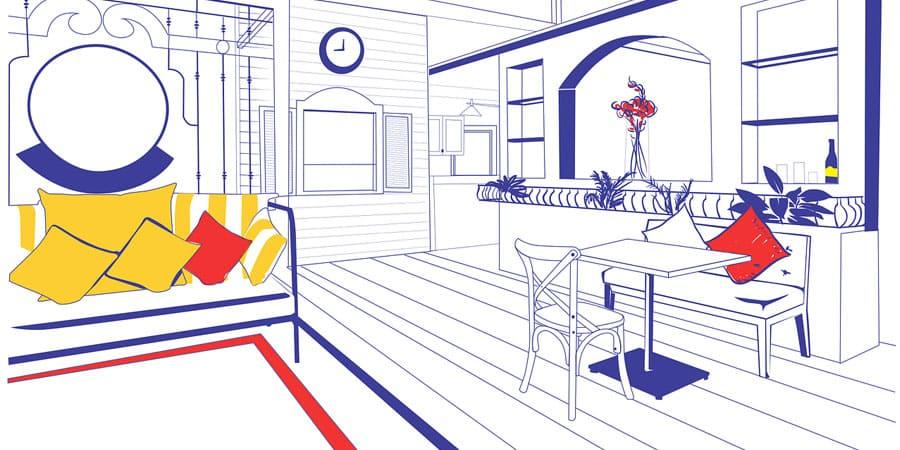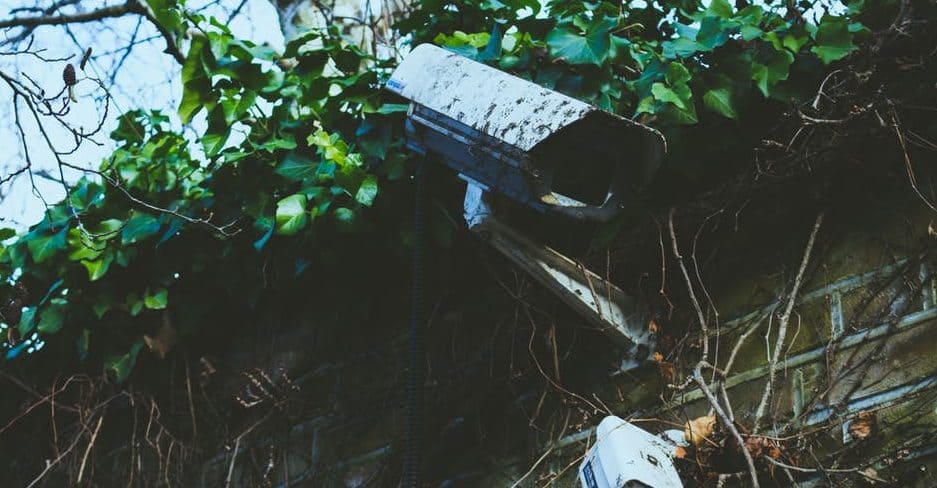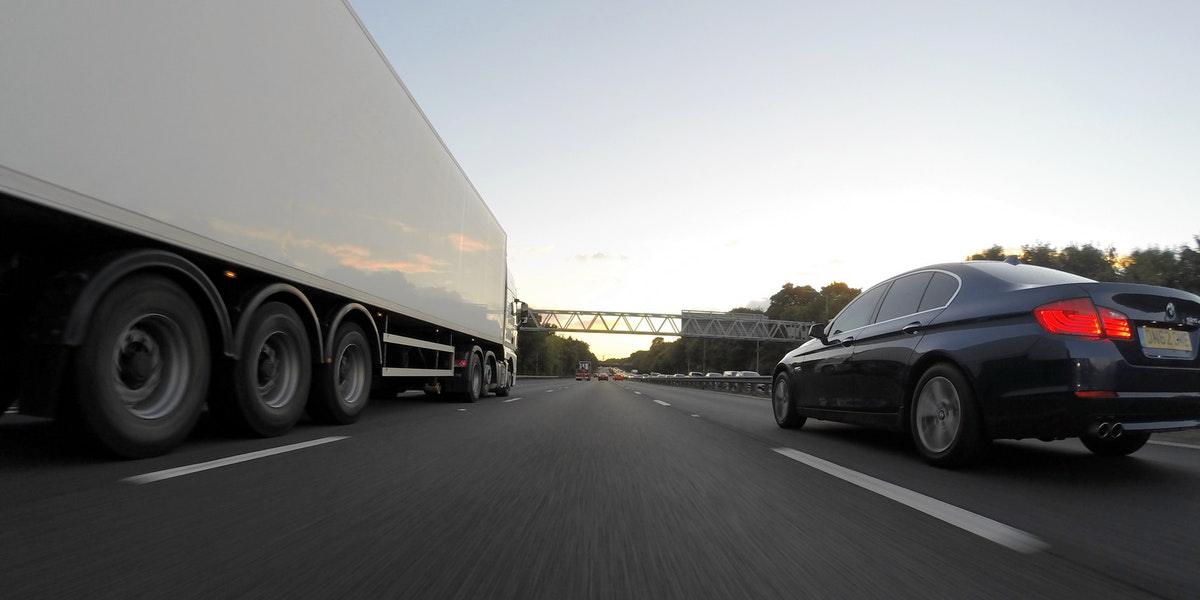What To Look For In A Furniture Storage Unit?
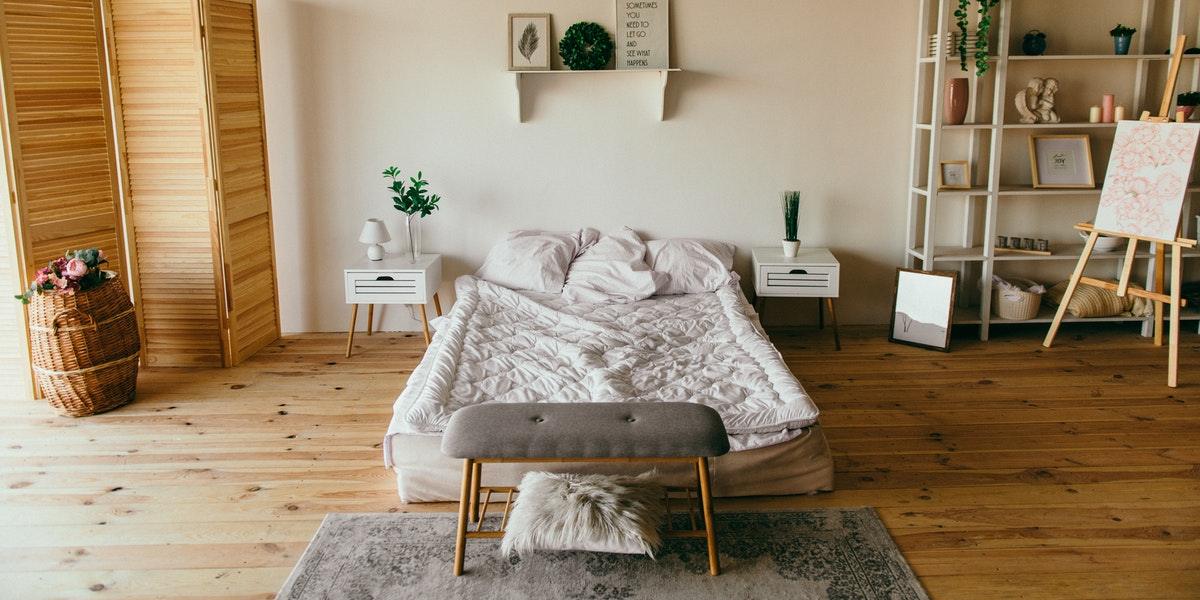
Consider these three stories.
First, there’s Hannah. Hannah is redecorating her living room and has been gawking at interior design Pinterest boards for months. She’s just noticed that the sofa she’s had her heart set on for months, identical to those featured in her Pinterest boards, is on sale at a rock bottom price. But her living room is practically a building site and she’s got nowhere to put it. She doesn’t want to miss out on this deal!
Gareth’s gran is moving in with his parents and she is desperate to offload onto him her handmade, mid-century dining table set – the handiwork of her late husband – so that it stays in the family. Gareth lives in a one-bed flat and barely has enough space for all the furniture he’s already got.
Mary’s son has outgrown his cot and she has little storage space to keep it at home. She wants to have more children down the line so she doesn’t want to part with it because she knows she’ll need it again.
What are this trio going to do with this furniture when they have no space for it in their homes?
They could build an extension. But that’s way too expensive. They could ask friends to keep it in their garage until they need it. But that’s too disruptive. Mary has even thought about precariously balancing the dismantled cot on top her wardrobe. But that’s way too dangerous, especially with an adventurous toddler!
What this trio needs is self-storage!
Self storage is growing in popularity as a furniture storage solution for both personal and business customers.
Whether it’s household goods or large furniture pieces, a self storage unit is a fantastic, flexible way to keep your belongings safe and secure and out of sight.
How do you pick which storage unit to keep your things in? You’re bound to have heard horror stories about storage unit customers who have been sucked in by flashy sales pitches and have signed up for inflexible contracts in teeny, leaky, barely secured storage units.
We’ve created this checklist of everything you need to consider when you’re looking for a furniture storage unit to make sure you don’t make any of the same mistakes!
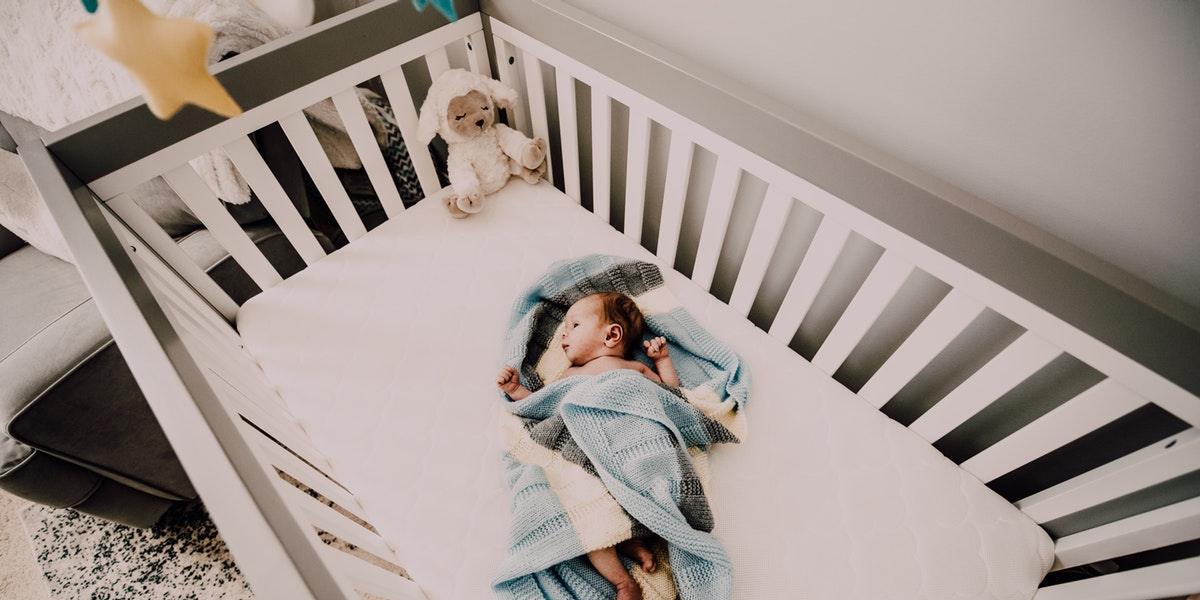
What Size Storage Unit Do I Need?
How much space will Hannah’s sofa take up? Gareth’s inherited dining table and chairs? Mary’s son’s cot? Time to get the measuring tape out!
Different self storage facilities offer different storage unit sizes and it can be tricky to estimate how much room you will need. Usually, the site staff can give you some advice if you let them know what you’re storing.
Sometimes, it’s better to show rather than tell, so we’ve created a very nifty animated storage unit size guide on our location pages to help you visualise how much stuff you can squeeze in per square feet!
For example, a 15 sq ft unit is like a large closet. It can hold the equivalent of 25-30 moving boxes. A 75 sq ft unit can hold the entire contents of your average 2-bedroom home. Opt for a 150 sq ft unit and you’ll be able to hold a whopping 300 moving boxes, which is the equivalent of everything in a 4-bedroom home!
When you’re thinking through your storage options, keep in mind that you’ll probably want a little breathing space to get around the unit once you’ve packed away all your furniture. Packing boxes in neat towers that span the entire width and height of the unit might make it feel like you’re getting the best bang for your buck, but it’ll be a nightmare if you need to retrieve anything that isn’t right at the door of the unit.

How Much Does A Self-Storage Unit Cost?
The biggest factor in self-storage cost is space. The bigger the space, the higher the price tag. But there are other factors too.
Some storage facilities offer deals for loyal long-term customers, or they might even hook you in with introductory discounted rates which can slice the cost of pricier units significantly. (Psst: Storage Vault have a 50% off deal for your first 2 months!)
Location will also affect the overall price. Last year, the Self Storage Association UK (SSAUK) found that the average annual rental rate per sq ft varied widely across the UK. Unsurprisingly, Londoners saw the highest costs at £30.58. Scotland sat somewhere in the middle at £23.37. The East Midlands enjoyed the lowest average prices at £15.66 – basically London prices chopped in half!
Price varies by region, but it can also differ between city and suburb. So, an East Midlands suburbanite might be paying out that £15.66, but move closer to the city and the price hikes up.
Quality of the location has an effect on the cost. Facilities that have taken efforts to modernise, installing high-spec video surveillance cameras and who provide equipment for you to freely cart your wares around the facility, will obviously charge more than your most basic facility.
If you need regular access to your things, go for somewhere close by that is easily accessible. If you need somewhere to store your things for several months or even years, you can pick somewhere further out.

How To Choose A Storage Facility
So, Hannah, Gareth, and Mary have all found a facility that offers the size of unit they need, will take the necessary furniture, and is within budget. Surely their search should end there and they should start filling out their paperwork?
Not just yet. There are loads of other factors that the trio should be taking into consideration before putting pen to paper.
Just because the storage unit is right, it doesn’t mean that the facility is. Here are some extra things to think about.
Location
Whilst there might be a self storage facility practically on your doorstep, don’t instantly sign up for a unit there. Do your research!
As we’ve already mentioned, with a change in location often comes a change in price. Your closest facility might charge a premium over another facility even a few miles away.
You should think about how often you’ll need to visit your storage unit. Balance up the distance you’ll need to travel, the cost, and the frequency you intend to visit your unit. This will help you come to an informed decision about where to book a spot.
For the trio we mentioned at the beginning, a cheaper unit a bit further away would suit well. They only need to retrieve their items once.
If you have items you need to grab on a regular basis, perhaps for trade shows at work or if you move around regularly, a unit closer to home, even if it’s more expensive, will make your life so much easier.
Operating Hours
On a similar note, if you need to pick up your furniture semi-regularly, what time of day would this be? Be sure to check both the gate and office hours of the storage facilities on your shortlist.
Some facilities offer limited entry hours whilst others offer 24 hour access. Be realistic with yourself. Will you ever need to pick up your stored couch at 1am? Or even 7am?
If limited operating hours is an issue for you, you should definitely seek out a facility with 24/7 access so you can get to your unit in the wee small hours.
Security
Whether you’re mid-move, redecorating, or just need a temporary home for your furniture, security needs to be at the top of your list! There’s no point in paying for storage if thieves can waltz right in and break into your unit. When you’re picking a storage facility, take a look at what security systems they have in place to ensure your furniture doesn’t go walkies…
Think about security in terms of people and technology.
Do they have security staff manning the premises? For how long? Do staff have free access to your unit?
Do they have video surveillance in place? Can you access the unit with a traditional lock and key or do they have special access codes unique to you?
You should find out whether your rental agreement covers an insurance policy should your goods become accidentally damaged or stolen.

Climate Controlled
It’s all very well if your things are secure from thieves, but you also need to think about how well protected they are from the elements. Why splash out for secure storage when it’s leaking, leaving you with soggy cardboard storage boxes and a ruined vintage settee?
The conditions in your self storage unit should be finely tuned to keep your pieces of furniture at an appropriate temperature, shielded from intense heat or blustering winds and rain outside.
This should be a priority for you particularly if you have antique furniture or bookcases full of old, fragile books.
Modern self storage facilities generally have climate controlled storage units. If this isn’t something they advertise, it’s probably not the best facility for you!
Access and Equipment
When you arrive at the storage facility to drop off your belongings, how are you supposed to get them from your car or van into the unit? It was probably hard enough getting them into the car in the first place, let alone lifting them across a car park and up several flights of stairs.
If a storage facility only has a spot on their top floor, meaning you’ll need to lug a heavy sofa or three up their elevator and through multiple secure doors, perhaps rethink whether you want to store with them.
Lots of storage unit facilities offer ground floor units or outdoor storage units which are perfect if you’ve got bulky items of furniture to store.
You might also need special equipment to help you transport your possessions from your vehicle to your unit. Does the facility offer forklift trucks or trolleys to help you haul things across the lot?
If you do intend to store a number of weighty furniture pieces, think about which type of unit would serve you best and how you plan to cart your things around.
Reviews
A company might have painted a promising image of themselves with their impressive looking website and vibrant, well-maintained social accounts. If you do a little deeper digging, however, you might uncover some issues lurking beneath the facade.
Third-party review websites like TrustPilot are fantastic ways to glean some real, first-hand insight into the service experience of former and current customers.
Obviously, not all reviews will be completely honest, so have your wits about you when reading some of the more scathing comments. Just be on the lookout for common themes arising in the feedback.

How Do I Prepare Things For Storage?
Imagine this: six months from now, you stroll up to your storage unit to retrieve your tumble drier.
To your horror, the tumble drier has a thick layer of mould around the seal and condensation has formed in the drier window. When you open the door, it has that pungent odour of six month old trapped moisture. Fantastic. This will take forever to flush out before you can use it again.
Don’t let the hard work of finding a fantastic unit by ignoring these storage tips. These tips will ensure your stored items are in good working order at the end of their storage unit stay.
First off, pick your packing materials carefully. Sturdy storage boxes made of clear plastic are ideal, keeping the contents watertight as well as allowing you to easily identify where everything is kept.
Bulkier appliances like fridges and washing machines should be wrapped in bubble wrap or foam to shield them from external blows. Their doors should be left open to stop water becoming trapped.
Large furniture pieces such as beds and dining tables should be disassembled to save you some unit space. Each component should be tightly bound in bubble wrap too. The loose screws and bolts should be kept in a zip-lock bag in a secure place within the unit too.
You should draw up an inventory of everything you’re storing so you can keep track of everything. You’ll never face that confusion over whether something is at home or stored in your unit.
When you’re stacking boxes and furniture in the unit, be wary of your strategy. Larger, heavier items go on the bottom. The items you most frequently retrieve should take pride of place near the front of the unit so you don’t need to dismantle towers of boxes whenever you visit.
And finally, make sure that everything is cleaned thoroughly before going away into storage. The last thing you want is to return to your unit to find grotty garden chairs thick with mud, mirrors covered with sticky fingerprints, or a refrigerator with mould spreading in the vegetable drawers…
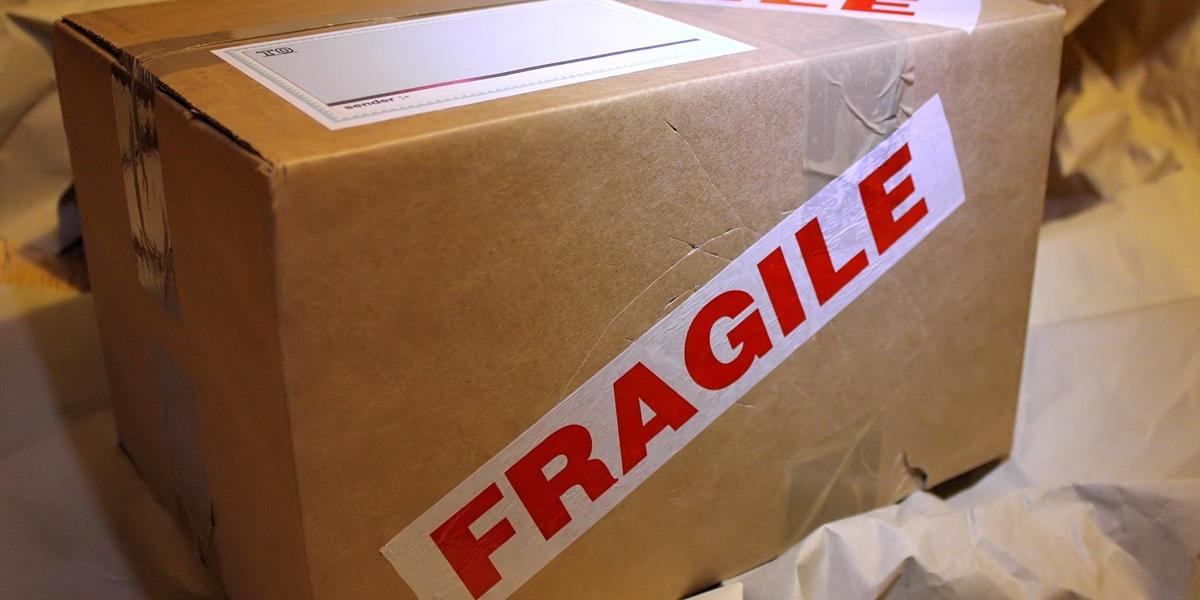
What Should I Not Put In A Storage Unit?
You can pretty much store what you like in your storage unit, but there are exceptions. Each self storage unit facility will have its own defined rules and regulations which will outline what you can and can’t store in your unit. Check these out before you sign up and move in!
Most facilities ban live animals, perishable goods and items that they deem dangerous. This generally means no pets, no gasoline, no fireworks, no chemicals, no food, and no medicine!
These rules are in place so you don’t have to put up with sheep running loose in the facility or someone’s firework collection spontaneously erupting.
When selecting from your line-up of potential storage companies, check in advance to see if there would be any issues with you storing your furniture pieces with them.

Furniture storage near me
Now you’re fully equipped to identify the best furniture storage solutions near you, you can look out for a self storage company that ticks all of your boxes.
Storage Vault are furniture storage experts. We have a wide range of climate controlled unit sizes, competitive prices (with discounts available!), 24/7 CCTV surveillance, and locations all across west and central Scotland. We’d be happy to help you with your furniture storage needs.
If you’re in a pickle and need to shift some furniture into a temporary home, please don’t hesitate to give us a call or send us an enquiry online to see what we can do for you!
Get in touch


